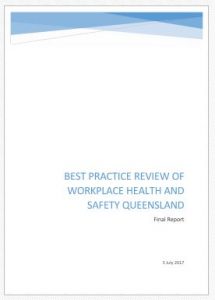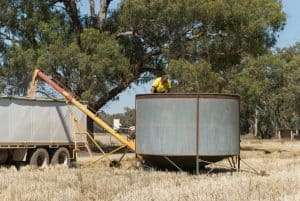![]() Australia has a political structure of States and Territories existing within a Federation or Com
Australia has a political structure of States and Territories existing within a Federation or Com![]()
 monwealth. Legislative change has a smooth journey when political stars are aligned, where the same political party is in power at State and Federal levels. Federal change is even smoother when the same political party has control of both houses of Parliament. Not surprisingly, this ultimate combination is rare and could be as damaging to occupational health and safety (OHS) as it can be beneficial. The recent OHS harmonisation process is a good example of a political mess.
monwealth. Legislative change has a smooth journey when political stars are aligned, where the same political party is in power at State and Federal levels. Federal change is even smoother when the same political party has control of both houses of Parliament. Not surprisingly, this ultimate combination is rare and could be as damaging to occupational health and safety (OHS) as it can be beneficial. The recent OHS harmonisation process is a good example of a political mess.
This may be the reality of Australian politics but it doesn’t need to be.
Several Australian States have



 It was
It was 